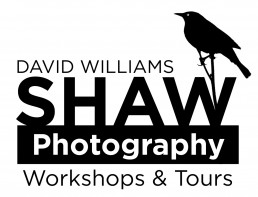
In late April, I traveled south from my home in Fairbanks to Alaska’s capitol city, Juneau. The travel day from interior Alaska to southeast is a crash course in size. Alaska is big. There is no way around it. From Fairbanks, Amy and I boarded a 737 and flew about an hour to Anchorage. From Anchorage, we boarded another 737 and flew about 90 minutes to Juneau. In two and half hours of high speed jet travel and we were still in Alaska.
Yeah. Big.
The cause for this jet-setting trip across our big northern state, was an invitation I’d received from UnCruise Adventures to be the “Alaska Insider” for the second year during their Alaska Awakening trip. UnCruise is a small ship operator (I’m hesitant to refer to them as a “cruise” company, because that’s not really what they do) that runs a fleet of small vessels in Southeast Alaska from late April through September. None of their ships hold more than 100 passengers, and most are substantially smaller. Amy and I were scheduled to board the UnCruise S.S. Legacy, a replica, turn-of-the-century, steamer.


UnCruise offers trips that cater to people interested in a genuine experience of Alaska’s inside passage. This isn’t a gift-shop and port excursion trip. In fact, there are no port calls at all. Rather th ere are abundant opportunities to kayak in front of glaciers, watch and photograph wildlife, cruise around in small skiffs, hike through ancient forests, and watch and photograph wildlife. The experience is world’s away from the mega-ships that come motoring into Southeast Alaska during the summer.
My kind of trip.
Aboard, my job was to teach about photography and natural history, and provide an Alaskan’s perspective on the places we were visiting. And to make photos. Lots of them.
On the first evening, we headed south from Juneau, swung around the southern tip of Douglas Island and turned north toward Glacier Bay National Park. By the time we woke up the following morning, we were passing Gustavus, and entering the park.



We spent two days in Glacier Bay, kayaking in quiet bays, watching Margerie Glacier calve ice into the sea, and kayaking in front of the blue face of Limplugh Glacier. It was warm and bluebird, which was a marked contrast to my trip to Glacier Bay the year before, when it was snowing sideways, and the glaciers were nearly invisible in the dense fog and snow.
Below are two clips of calving events at Margerie as we watched. (no sound).
From a photography perspective, the bright blue skies were, well, a bit boring. And bright. High contrast, and blistering highlights were the name of the game, but when compared to the almost un-shootable conditions of the previous year, I’ll take it. (And really how often do you get to wear shorts in Glacier Bay National Park in April?)



From Glacier Bay, we motored south down the west side of Admiralty Island, stopping over the next few days at Pavlof Harbor, Baird Glacier, Thomas Bay, and the Robert and Crow Islands, and Dawes Glacier.
But you’ll have to tune back in for the next post to find out more about that!

You must be logged in to post a comment.